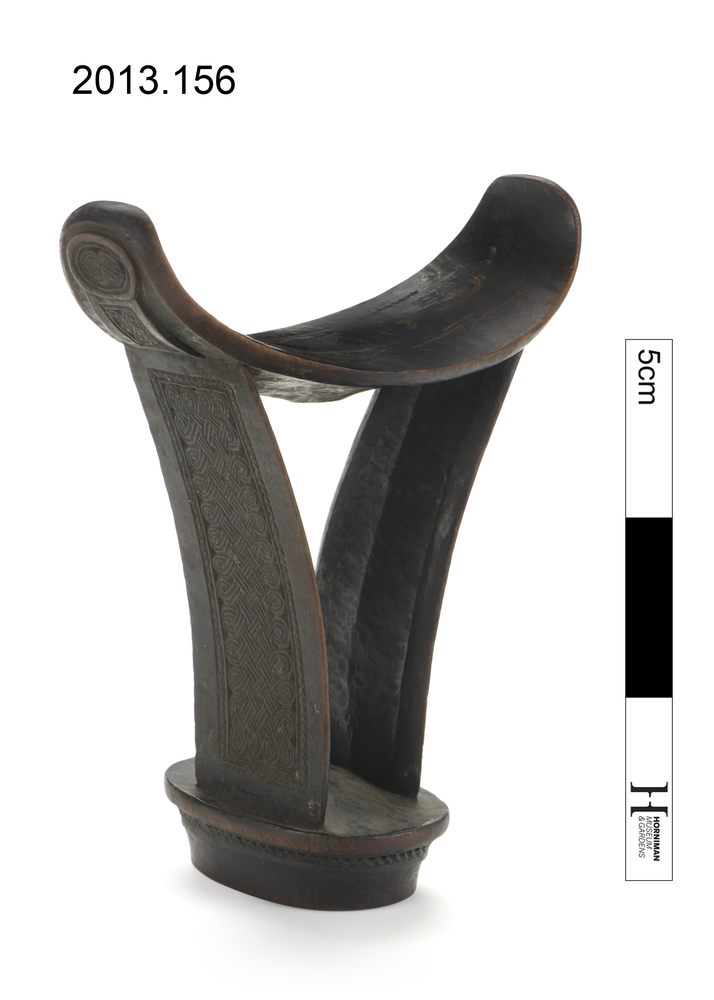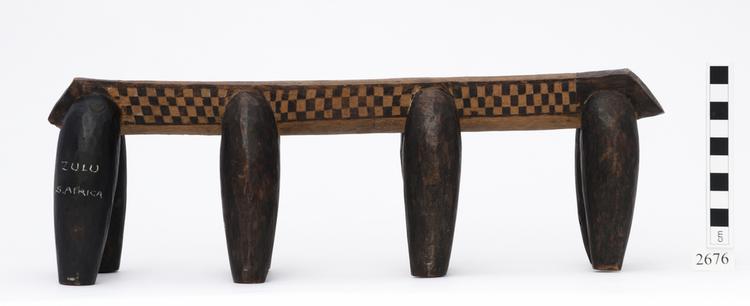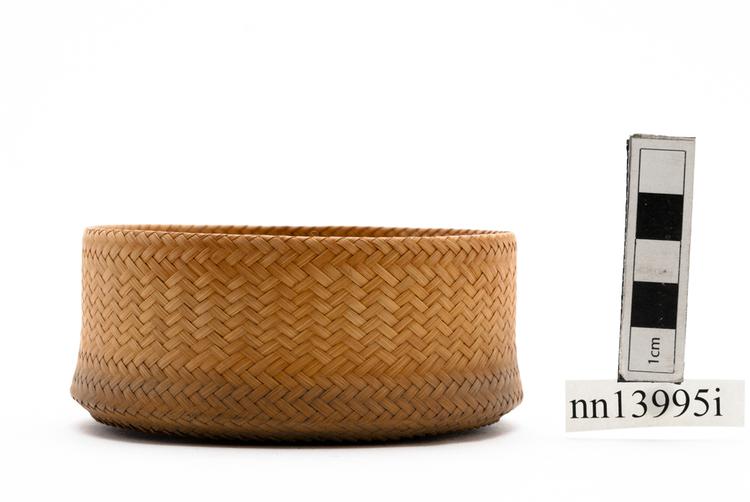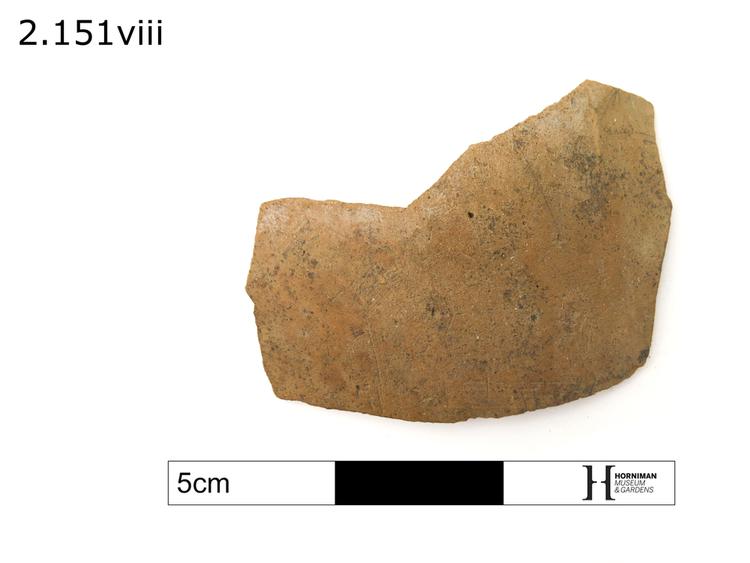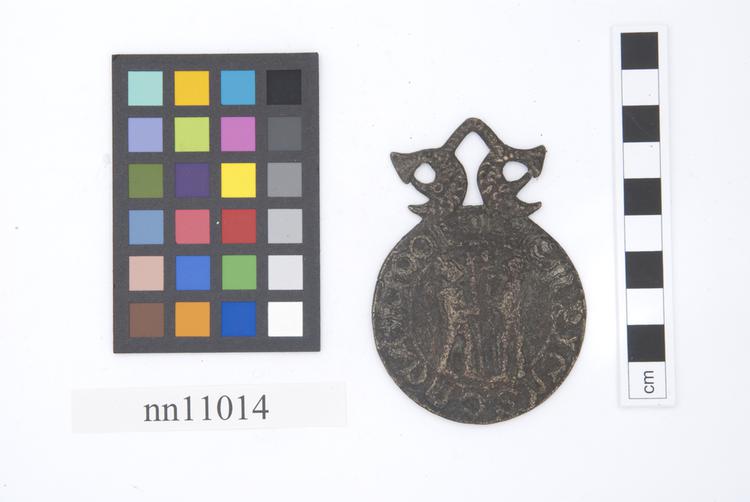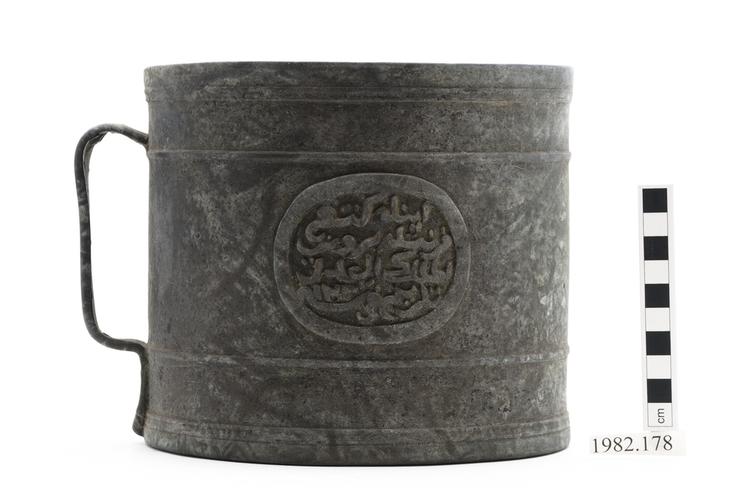We tell the story of African Histories through objects at the Horniman Museum and Gardens in South London.
The podcast has been developed alongside our Community Action Research project and shares the research of our curators, project team and Community Action Researchers.
The overarching theme of the series is movement with three episodes each featuring Trade, Religion and Technology.
We also feature a special episode hosted by Sherry Davis, a Community Researcher, musician and filmmaker.
We tell the sorts of stories about the objects in our collections that answer questions you didn’t know who to ask. At 10-15 minutes each they are made to be enjoyed over a cup of your favourite hot drink.
The special episode shares insights from the East African Coast and so is around twice as long. In it, Sherry talks with Jimbi Katana a renowned Kenyan Heritage professional who shares his experiences of a lifetime of work in African Archaeology.
Listen below, or subscribe via your preferred podcast platform.
Produced by: JC Niala & Tom Fearon
Co-producer: Sian Brett
Music: Edmund Jolliffe
JC Niala gratefully acknowledges the support provided by the Joint BME Events and Activities scheme administered by the Social History Society in partnership with Economic History Society, History UK, History of Education Society (UK), History Workshop Journal, Royal Historical Society, Society for the Study of Labour History and Women’s History Network.
Episode 1
Indian Ocean trade routes from the Swahili East African Coast
Welcome to Episode One of the Afro Historyscapes podcast.
We begin by exploring the theme of trade on the Swahili East African Coast. We will look at how cigarette cards from the 1920’s show the diversity of people who visited, lived and thrived on the Swahili Coast over the centuries.
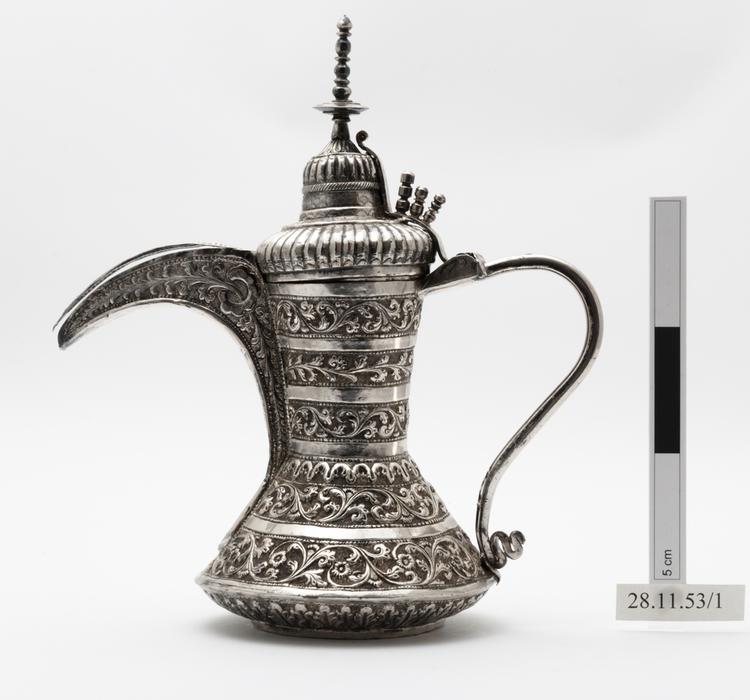
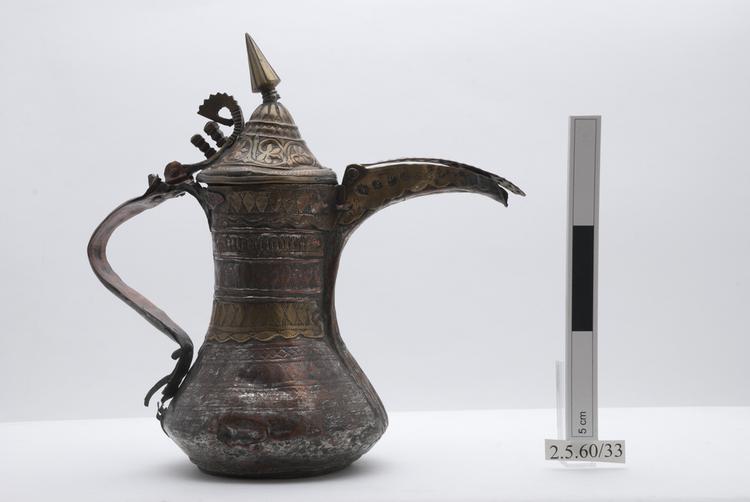
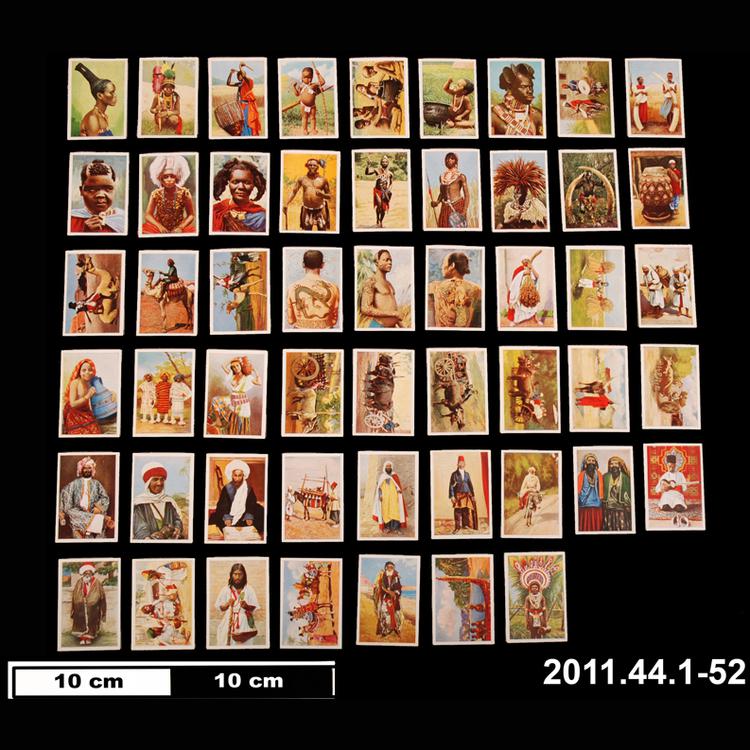
cigarette cards
Anthropology
Episode 2
The Chair of Power on the Swahili Coast
Welcome to episode 2 of Afro Historyscapes Podcast. In this episode we remain on the Swahili East African Coast, particularly the island of Pate. We look at the relationship between Kiti cha Enzi – or the chair of power – and poet Mwana Kupona, to explore the history and traditions of this beautiful island.
Read Mwanan Kupona’s ‘Poem to Her Daughter’ mentioned in the podcast.
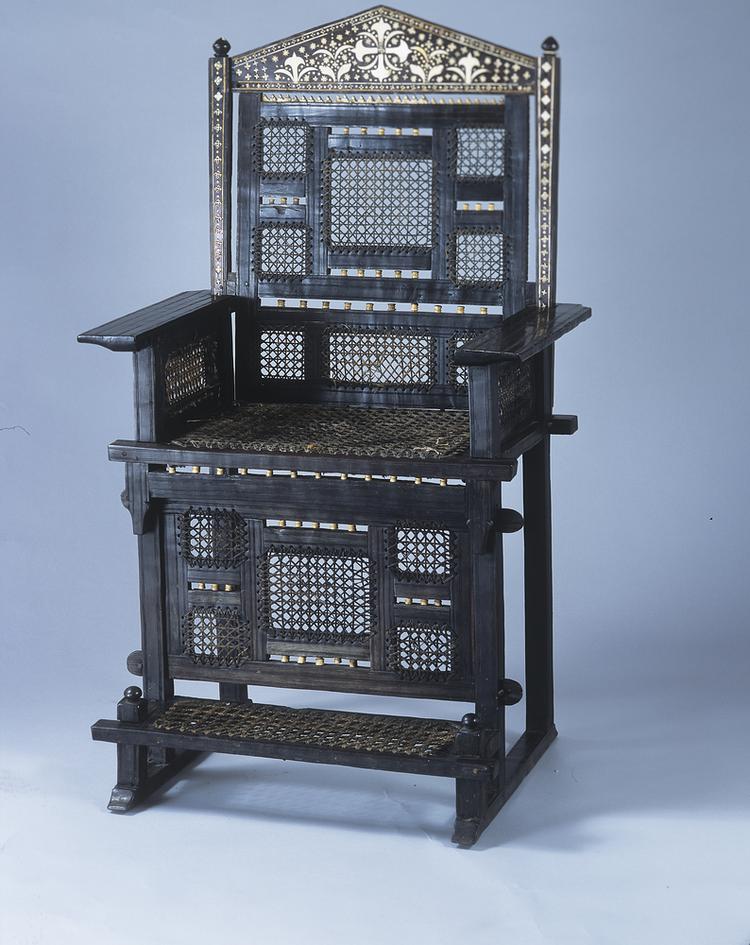
chair (furniture)
Anthropology
Episode 3
Sounds of Mpingo – Musical Journeys from the Swahili Coast
In Episode 3 of Afro Historyscapes podcast we trace how wood from the Mpingo tree, which grows on the Swahili coast is used to make woodwind instruments in Europe.
We trace the ways that the sounds made by Mpingo wood have spiritual connections in Europe and among Congolese Kimbaguiste orchestras.
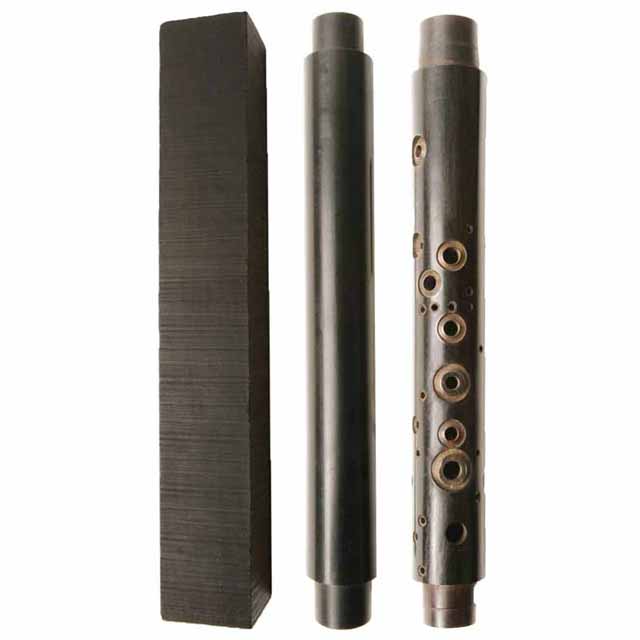
clarinet blanks
Musical Instruments
One page of handwritten notes relating to Eric McGavin's drafts of 'The Story of Vintage Wood'
Archive
FAKI – Soldiers of God – David Garbin and Enrico Masi – 2013
Special episode
Community Action Researcher Sherry Davis
In an interview hosted by Sherry Davis, a musician, filmmaker and community researcher, we spotlight the incredible work of Phillip Jimbi Katana, an archaeologist and heritage conservationist who has led the excavation and restoration of several monuments along the Kenyan coast.
His prolific career has included spearheading a campaign to return the sacred Vigango artefacts back to the local Mijikenda community and converting the abandoned British East Africa Protectorate HQ into a museum.
Episode 4
African Islamic Worlds: Trade, Spirits, and Art with Sabrina Al Sayed
In this episode we are joined by Community Action Researcher Sabrina Al-Sayed, where we explore the influence of Islam on Saharan trade routes. We discuss how the Kel-Tamashek peoples keep themselves safe from spirits known in Islam as Jinn, and how Islamic spirituality has been embraced and shaped by African people throughout history in the form of art.
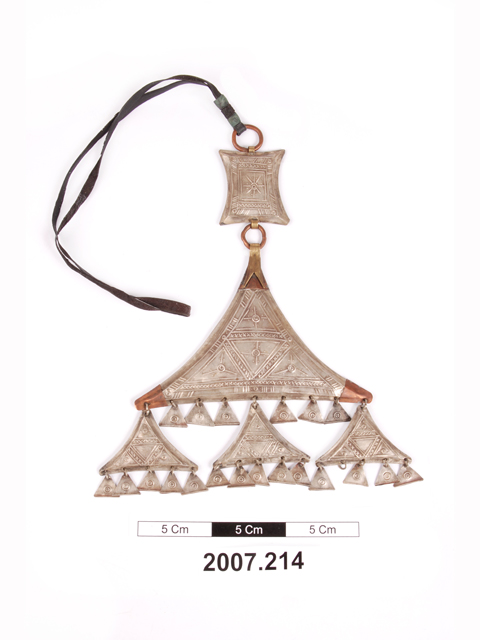
amulet
Anthropology
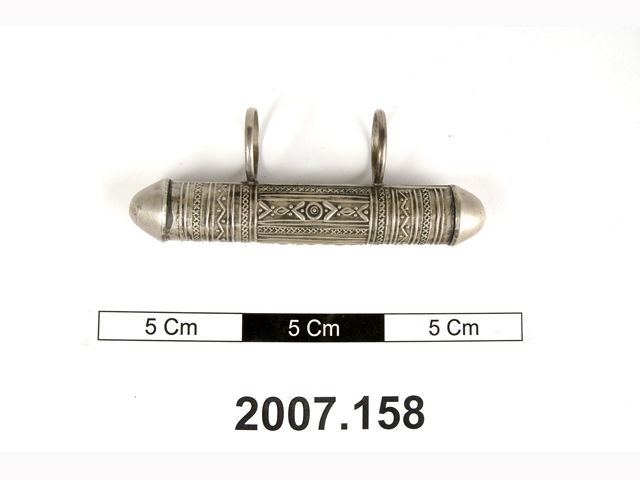
amulet
Anthropology
mask (dance & live theatre)
Anthropology
Episode 5
Another history of Christianity in Africa
The Horniman collections tell a very different story than is usually heard about Christianity in Africa.
Find out about how Christianity was practised in Africa several centuries before the arrival of European missionaries, how Africans themselves have embraced, interpreted, and transformed the faith, and when Stormzy took 100,000 people to church at Glastonbury festival.
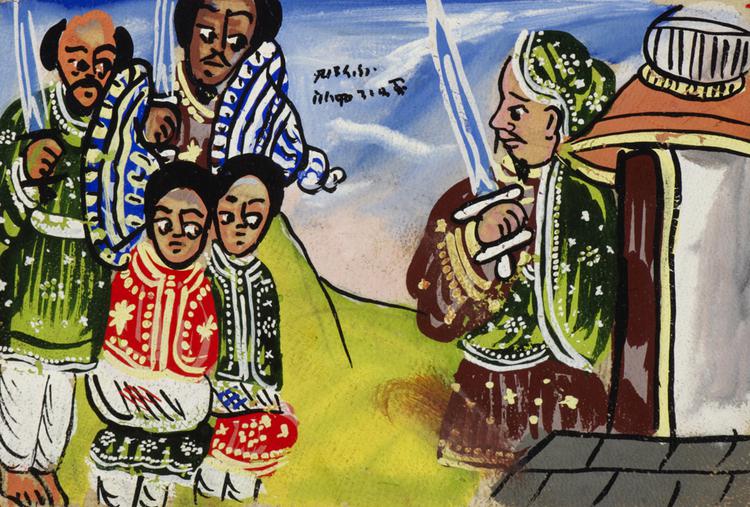
Figures with swords
Anthropology
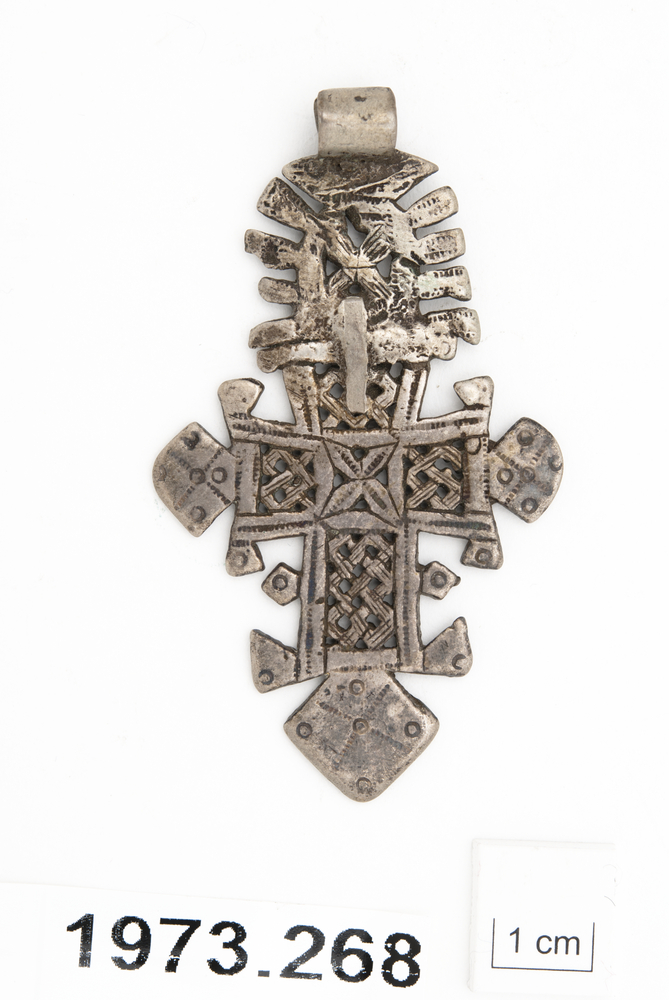
cross (ritual & belief: ritual apparatus)
Anthropology
Episode 6
Ifá Divination – The Travelling Religion of the Yoruba peoples
In this episode we discuss the traditional Yoruba religion know as Ifá. This religious tradition forms the bedrock of Yoruba culture and spiritual life, where people, ancestors, and spirits interact through ritual and worship.
We discuss with Community Action Researcher, Abiola Balogun, some of the main features of this religious tradition, how its rich material culture can take on a life of its own, and how it has travelled the world, inspiring music in Cuba.
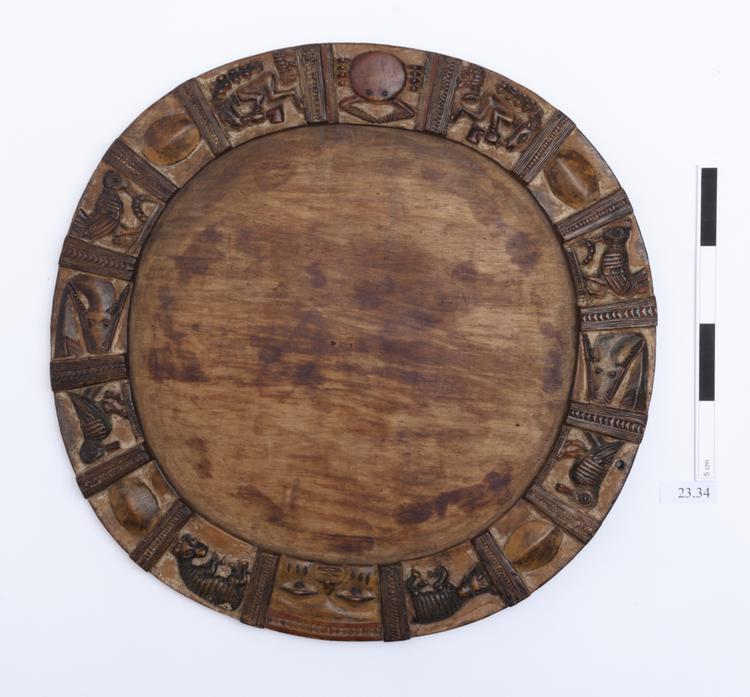
divination board
Anthropology
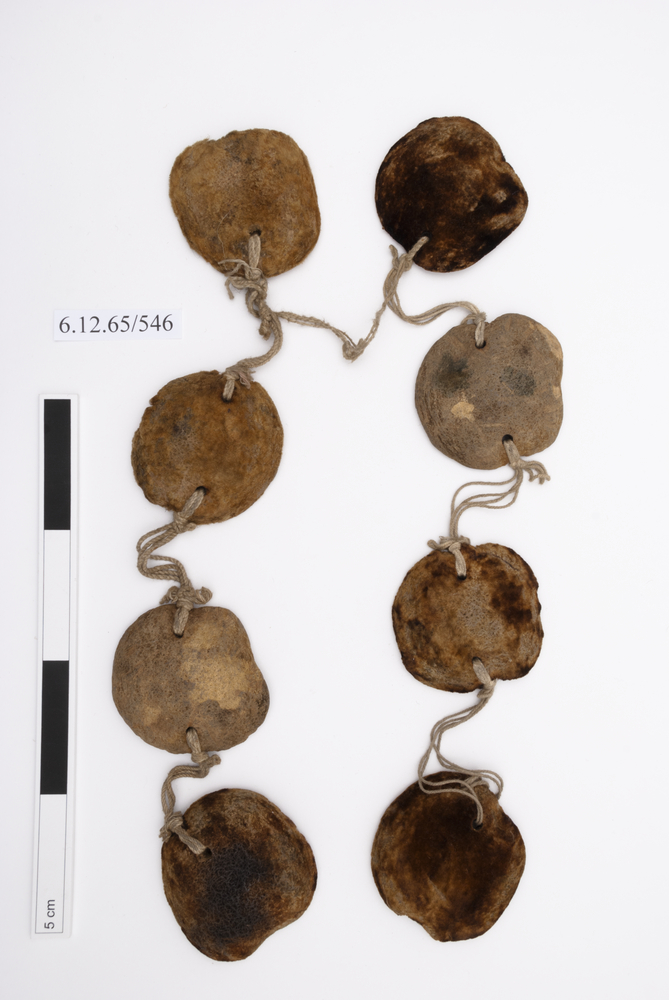
divination object
Anthropology
Divination Object
Research by rethinking_relationships:researchers:oladunmoye|Oladunmoye
* Museum Number: 6.12.65/546* Name: Opele (Ifa Oracle) * English Derivative: Divination Object * Culture: Yoruba (Ife origin) * Region: South West
Comment:
The above picture is known as Opele, the Ifa Oracle in Yoruba tradition. It serves as a consulting medium for decoding and identifying reasons for an occurrence in the land, and individuals who are adherants of the oracle is called Ifa priest in Yoruba traditional religion.
Opele ifa varies from place to place in Yoruba land. The opele is an arrangement of shells believed to be divinely approved by Orunmila. Some people create their Opele from Palm Kennel (Ekuro) composition while some may invent their Ifa consulting article from sea shells based on the general agreement of the land's gods (Alale-Ile).
TheAlale-Ile are the progenitors and patriarchs of the land known as the source (Orisun). These objects are commonly consulted whenever there is a need to seek clarification on behalf of the land or an individual who needs divine attention. Yoruba usually said that Ifa kiiparo, Opelekiiseke, simply interpreted that Ifa never lies and his oracles will not deceives. According to Yoruba mythology, it is believed that nothing good happens in any land without the consultation of Opele Oracle. And this is what the Yorubas believed in before the introduction of Christainity and Islam.
Additional Material:
Abiola’s videos
The Nigerian Collection of the Yoruba Traditional Religion
The Journey of the Travelling Religion
Music video
Episode 7
African Milk Technologies
In this episode we speak to Johanna Zetterstrom-Sharp, one of the Horniman’s curators, about her recent interest in the colonial history of milk.
We discuss Horniman collections relating to an incredible technology developed by pastoralist communities in Kenya and elsewhere in East and North Eastern Africa, to process milk, making it safe to drink. We explore how this mobile technology contrasts with European industrial milk practices which have dominated the global expansion of dairy.
Milk offers a fascinating way into thinking about colonialism, technology and science, and who gets to decide what is useful and good for us, and what knowledge counts.
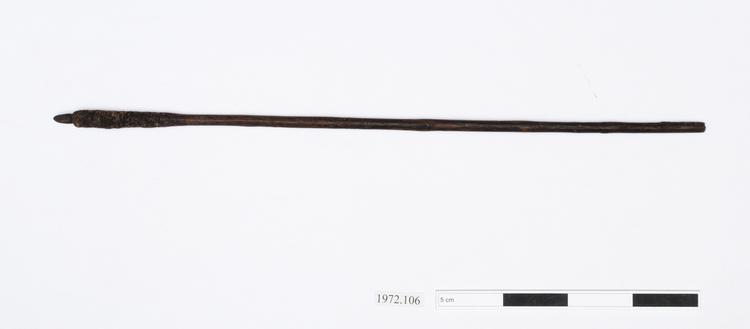
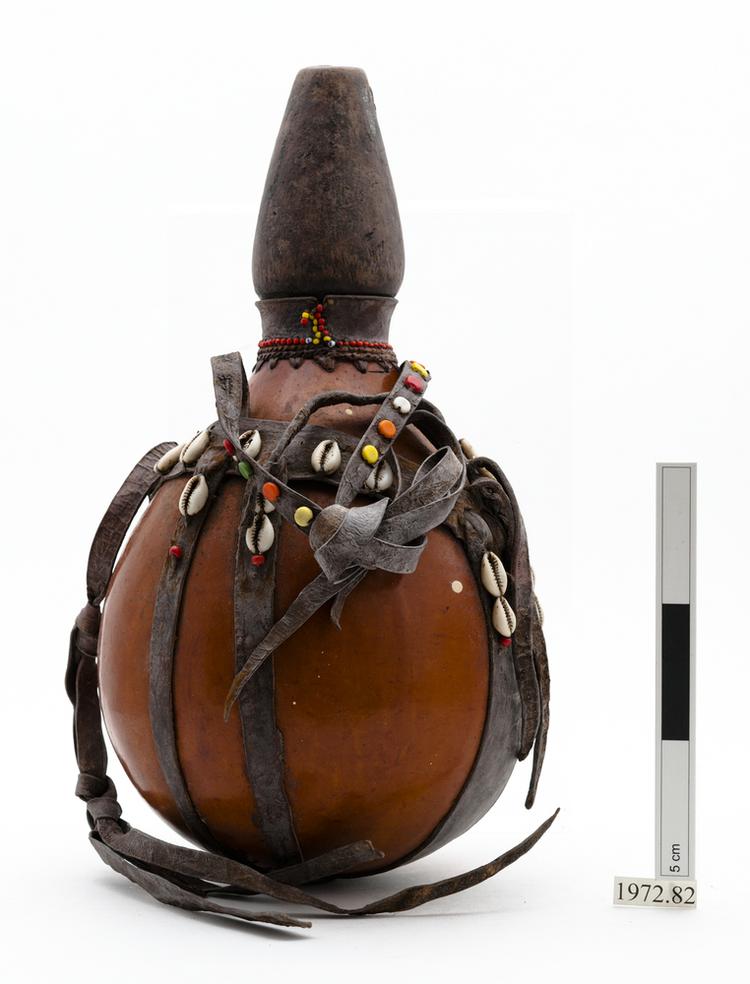
milk container; lid (containers)
Anthropology
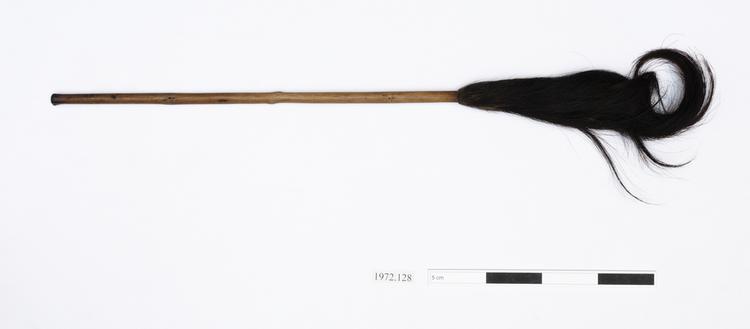
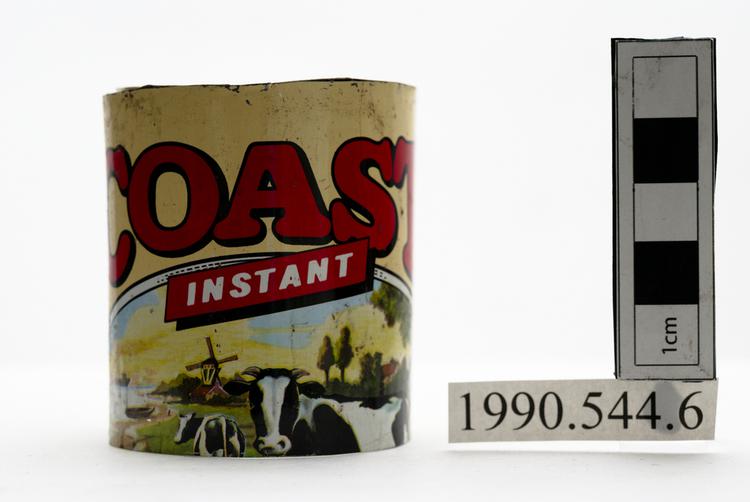
Mounted 35mm slide of Devonshire Fresian, dairy cow. Moor Plantation.
Archive
Episode 8
Igbo and Nigerian Crafting Practices: A community research journey with Chinelo L. Njaka PhD
In this episode, we are joined by Community Action Researcher and Maker, Chinelo L. Njaka PhD.
Chinelo will share with us her experience of carrying out research into the Horniman collections as part of the Community Action Research project. Her research takes a look at the presence – and absence – of Igbo and Nigerian craft technologies and what this can tell us about the creativity of Igbo peoples as well as colonial legacies. Chinelo used the incredible Nancy Stanfield collection held at the Horniman to help tell this story.
Listen to the episode and find the objects spoken about below:
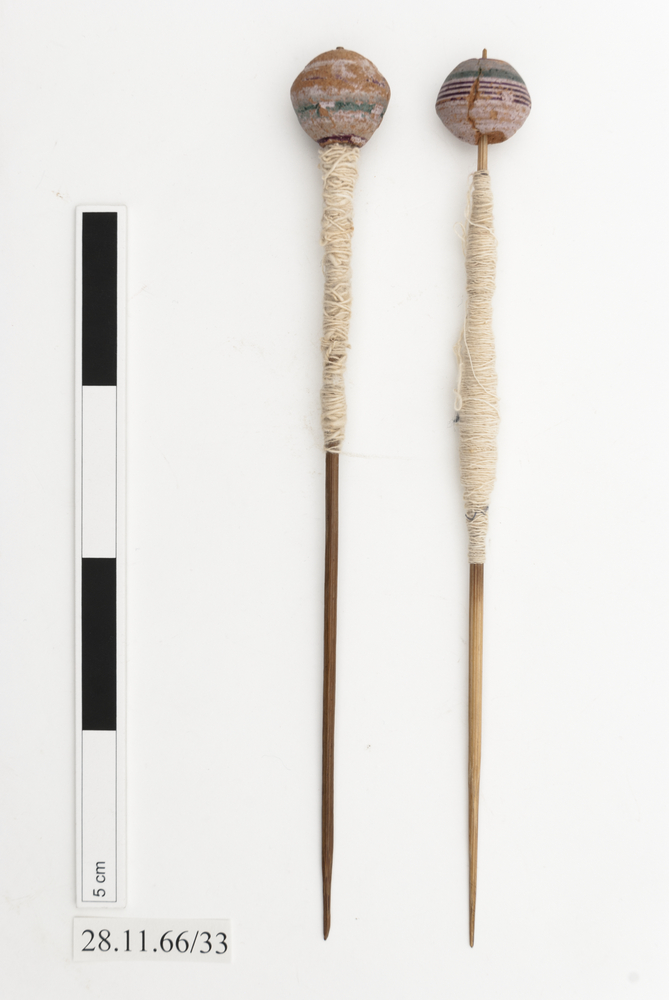
spindles (textileworking: yarn preparation & felting)
Anthropology
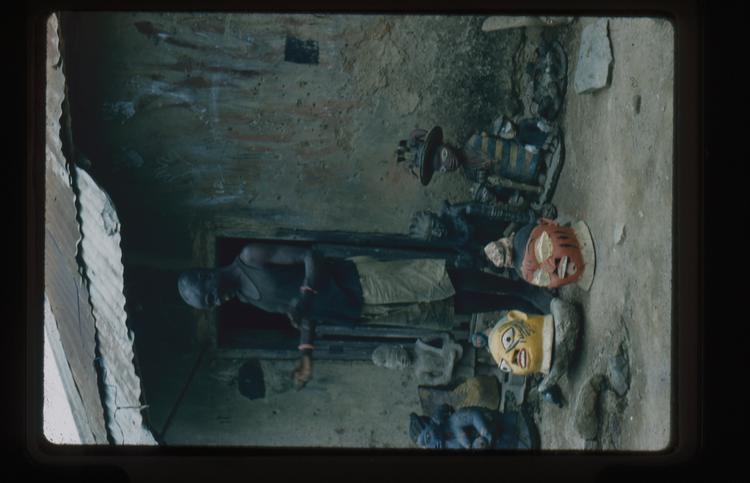
Episode 9
African Headrests: Technology and design in the past and the future
Join us this week for the final episode of the Afro Historyscapes podcast series.
This week we are joined from Nairobi, Kenya by Community Researcher Yyvette Waweru. Yvette will discuss her research into African headrests – otherwise known as ‘dream machines’, an important example of African design and technology.
Not only do headrests tell us so much about their function and aesthetics but also the people who use them. Yvette will also discuss how headrests have inspired her Afrofuturist film that explores how they might be used in the future.
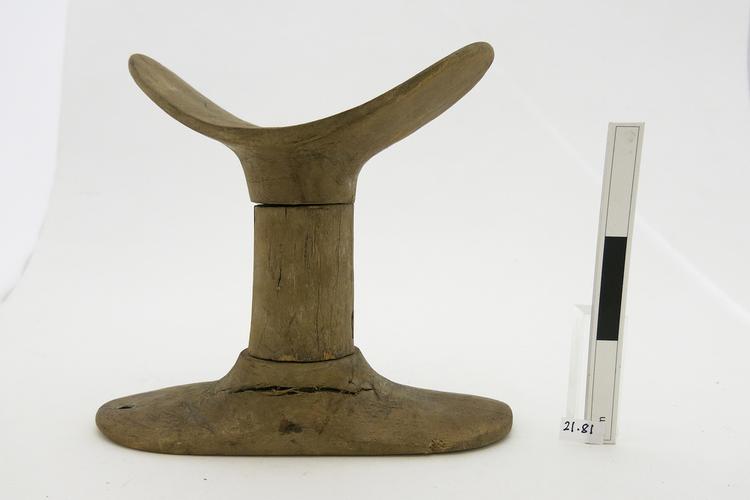
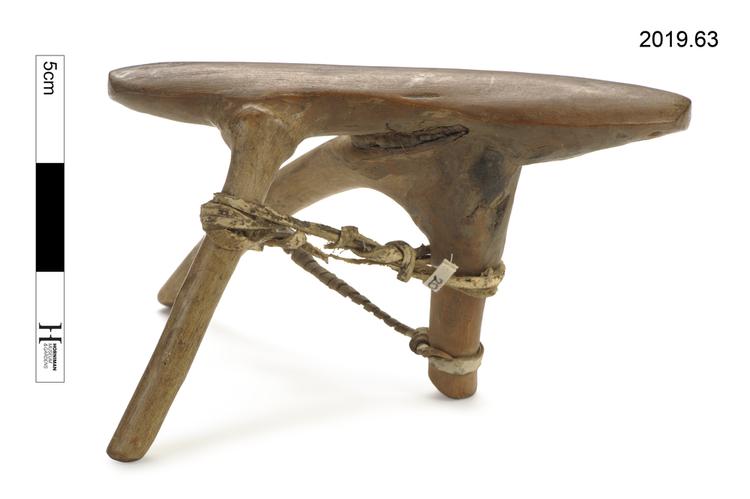
headrest
Anthropology
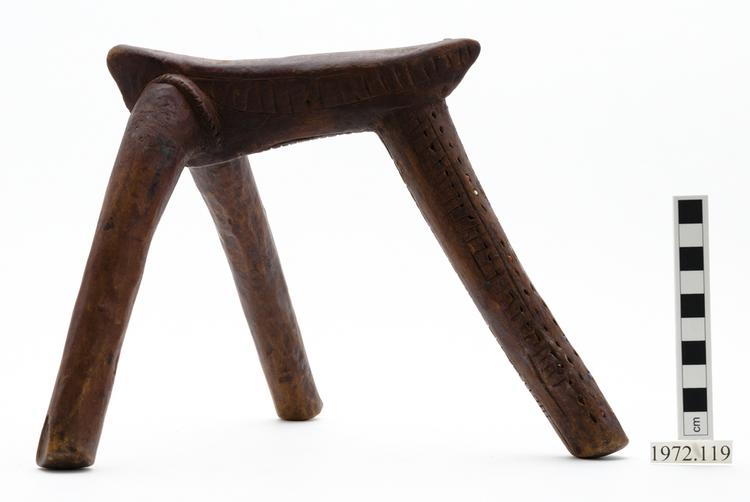
stool (furniture)
Anthropology
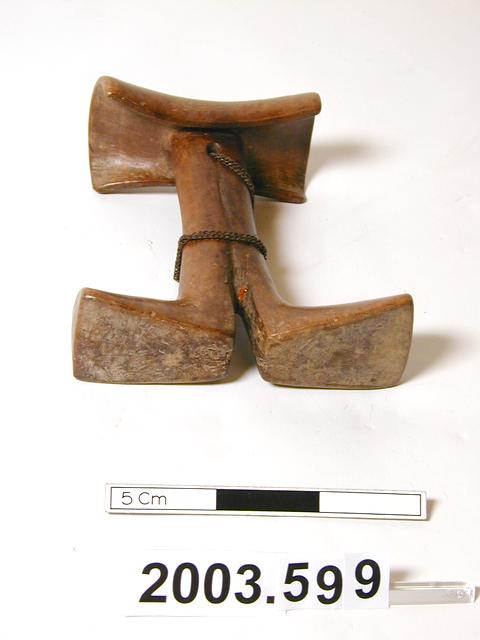
headrest; neckrest
Anthropology
